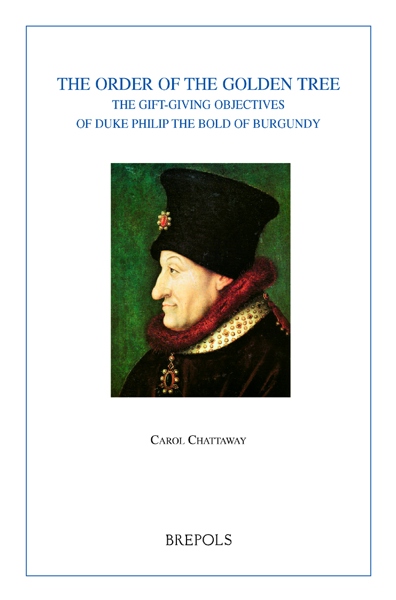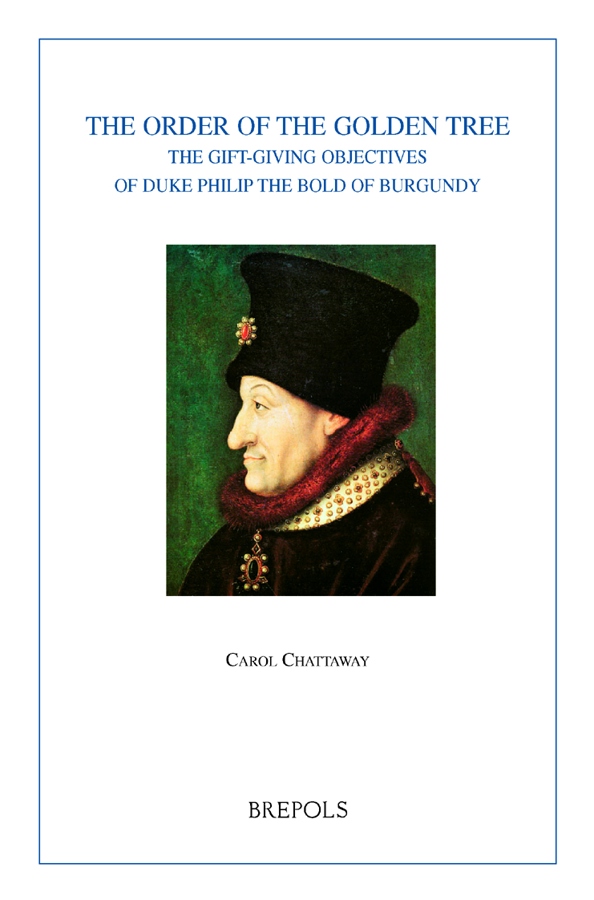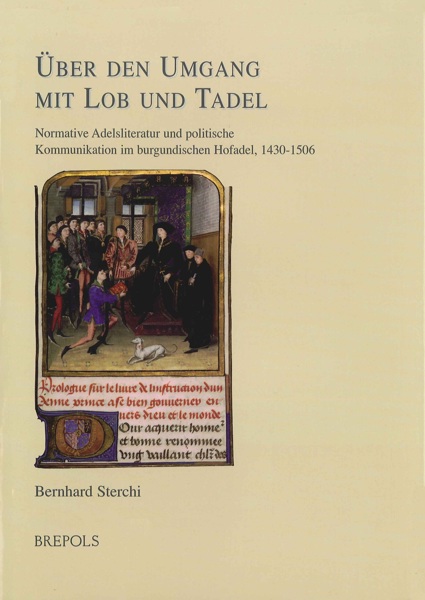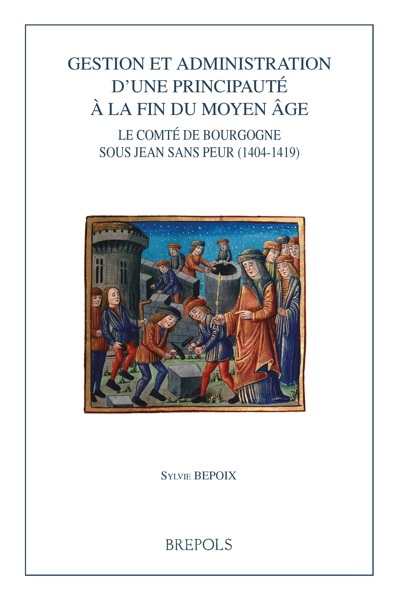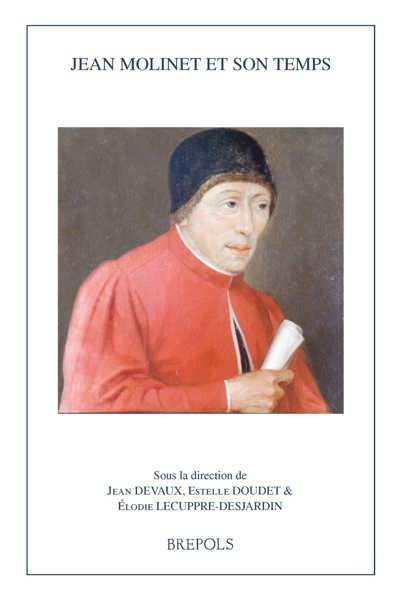
The Order of the Golden Tree
The Gift-giving Objectives of Duke Philip The Bold of Burgundy
C.M. Chattaway
- Pages: 288 p.
- Size:156 x 234 mm
- Language(s):English
- Publication Year:2006
- € 55,00 EXCL. VAT RETAIL PRICE
- ISBN: 978-2-503-52297-5
- Paperback
- Available
- € 55,00 EXCL. VAT RETAIL PRICE
- ISBN: 978-2-503-55693-2
- E-book
- Available
"Chattaway's study is a profound one and solidly grounded in archival research, which is why it has earned a place in the prestigious Burgundica series". (Bas Jongenelen in Sixteenth Century Journal, XXXIX/1, 2008, pp. 326-327)
"It is a serious and constructive contribution with important conclusions for study of a period when chivalric princely orders were both burgeoning and rapidly evolving." (M. Jones, in: French History, Vol. 24, No. 2, June 2010, p. 283-284) <doi:10.1093/fh/crq012>
"(...) Carol M. Chattaway hat mit ihrer soliden quellennahen Untersuchung einen wichtigen Beitrag sowohl zur Burgundforschung als auch zur Erforschung des höfischen Geschenkverkehrs im allgemeinen und im besonderen geleistet, der zu Recht in die renommierte "Burgundica"-Reihe aufgenommen worden ist." (J. Hirschbiegel, in: Francia Online, 2009/2)
Carol Chattaway is Honorary Research Assistant at the Royal College of Art and University College, London University. She researches on the political significance of material objects at the Burgundian Court, in the later middle ages.
